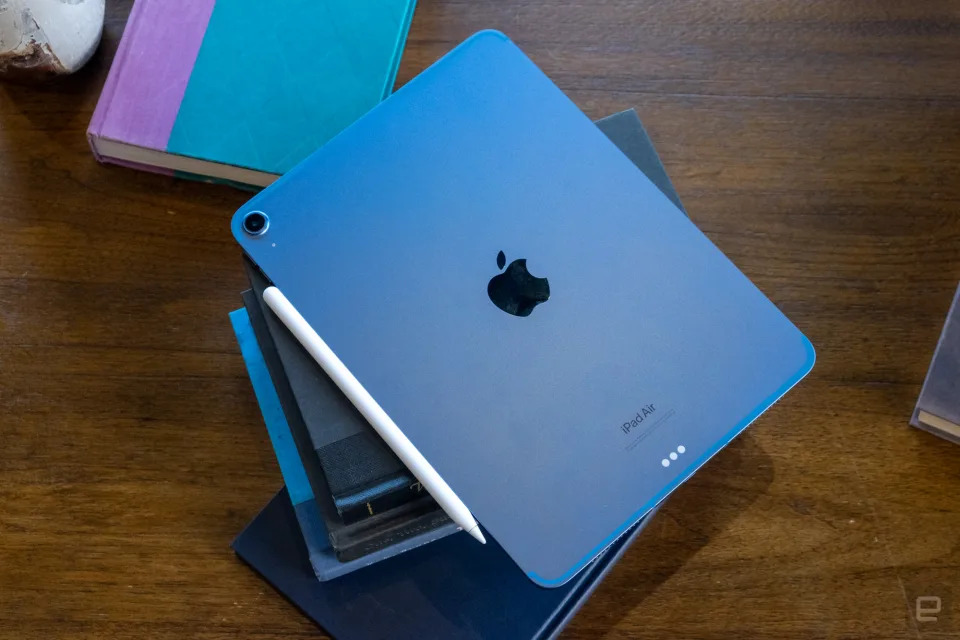Choosing the right iPad can be tricky. Apple offers three 11-inch tablets: the 10th-gen iPad, the iPad Air, and the M2 iPad Pro. They look quite similar but have important differences in what’s inside and what accessories they work with. The older 10.2-inch iPad is still available but seems to cater to a different group than the pricier options. And don’t forget about the iPad mini—it’s still around. If you’re in the market for a new iPad, we’ll explain the good and not-so-good points of each model and point out the best deals.
A quick heads-up: We’re currently in the season when Apple typically introduces new iPads. However, it’s uncertain whether there will be any tablet announcements this year. Mark Gurman from Bloomberg suggests that a refreshed iPad Air might be on the horizon soon, while Apple analyst Ming-Chi Kuo recently stated that new iPads might not arrive until 2024. Gurman also predicts a significant iPad Pro update for next year. Apple didn’t unveil any iPads at its last special event in September, but it appears that much of the current lineup might be nearing the end of its product cycle. So, if you have the flexibility to wait, it might be a good idea to do so. However, if you need a new iPad right now or want to take advantage of discounts on existing models, the recommendations below should still be helpful.
Best for most: iPad Air
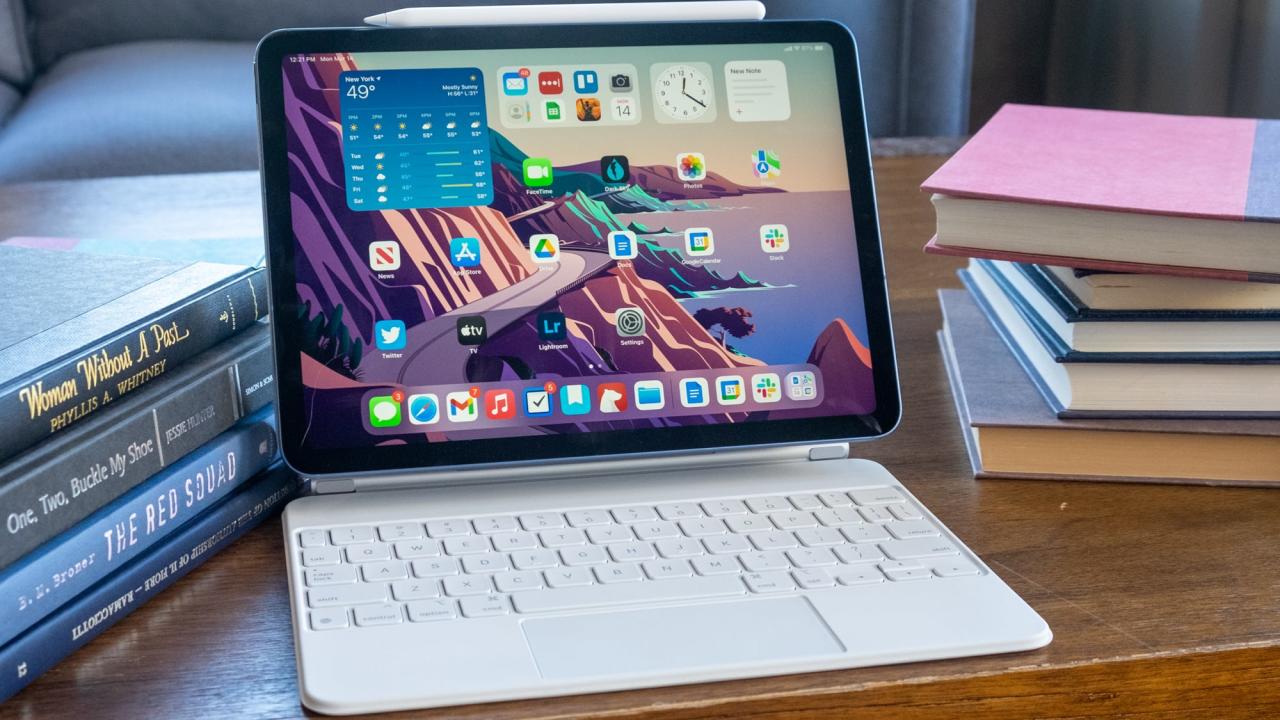
Among the six iPad models currently available, the iPad Air stands out as a versatile and appealing choice. It earned a solid review score of 90 for several compelling reasons:
1. Design and Display: The iPad Air boasts the same elegant design language as the iPad Pro, featuring a comfortable form factor with thin bezels and flat edges. Its 10.9-inch display is bright, sharp, and accurate, offering an immersive visual experience.
2. USB-C Port: Like recent MacBooks and iPhones, the iPad Air comes equipped with a USB-C port. While it’s not Thunderbolt like the iPad Pro, the convenience of using the same cable for charging across your devices is a notable advantage.
3. Performance: In 2022, Apple updated the iPad Air with the M1 system-on-a-chip (SoC), the same powerful silicon found in the entry-level MacBook Air. While not the latest SoC, the M1 chip delivers more than enough performance for a wide range of tasks, and many iPadOS features are optimized for M-series chips.
4. Accessories Compatibility: The iPad Air is compatible with Apple’s premium accessories, including the second-generation Apple Pencil stylus and the impressive Magic Keyboard, akin to the 11-inch iPad Pro. While these accessories add to the overall cost, they are excellent options for digital artists and frequent typists.
In the middle of Apple’s iPad lineup, there’s some overlap and choice considerations. If you require more than the iPad Air’s default 64GB of storage, upgrading to the 11-inch iPad Pro, which starts at 128GB, offers a better value proposition. The iPad Pro also features a superior 120Hz display and a faster M2 chip. The 2021 iPad Pro, with its enhanced display quality, is another option worth considering.
The newer 10.9-inch iPad is viable but may be a harder sell due to its non-laminated display and limited accessory support, unless it’s available at a significant discount.
Overall, while the iPad Air may not be the most budget-friendly option, it strikes an excellent balance between price and performance, making it a top choice for most users.
Best budget: iPad (9th generation)
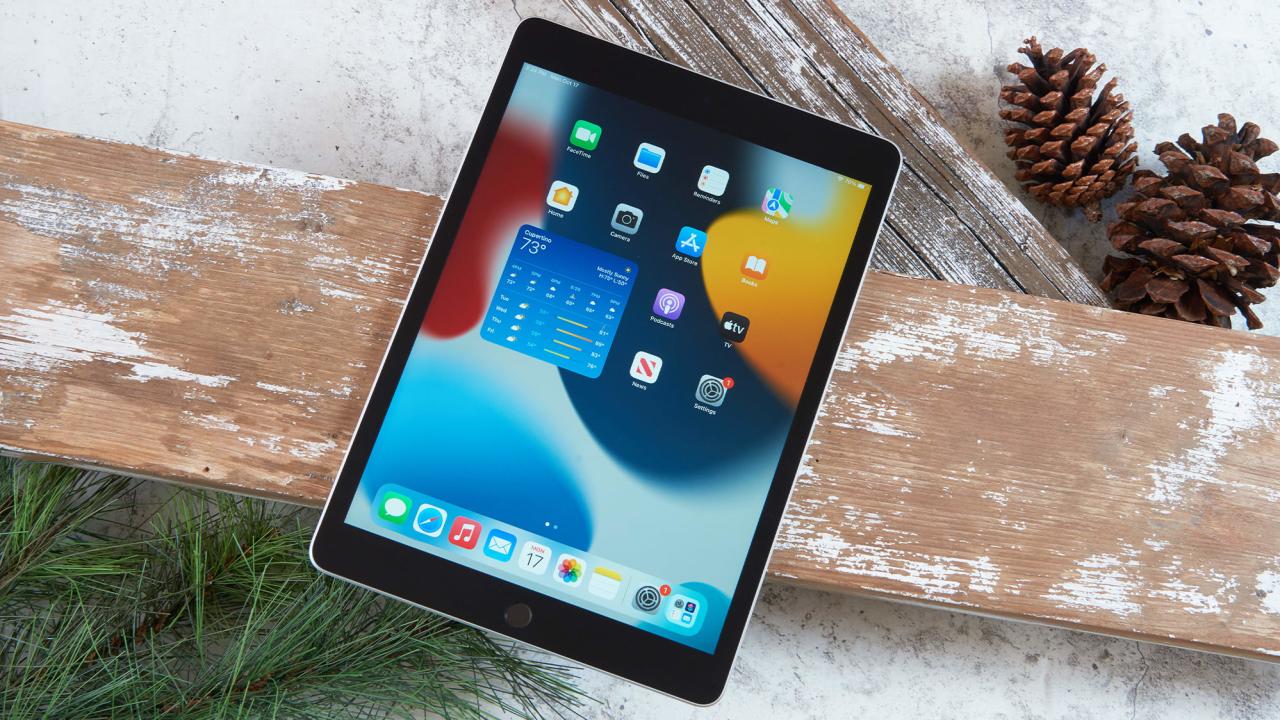
If the iPad Air is a bit too pricey for your budget or you don’t need a tablet with high-end features, consider the 9th-generation iPad as an alternative. It’s a wallet-friendly way to enter the iPadOS ecosystem and offers good value for your money.
Here are some key points to know about the 9th-gen iPad:
1. Affordability: The starting price for a 64GB model is $329, and it’s frequently available for even less, often below $300. This makes it the most budget-friendly iPad in the lineup.
2. Design: The 9th-gen iPad follows Apple’s older design language, making it slightly thicker and heavier than the more recent models like the 10th-gen iPad and iPad Air. It features a 10.2-inch display with wider bezels, which can be more susceptible to glare and is not laminated. The device includes a Home button with a Touch ID fingerprint scanner, and it charges via a Lightning port. It’s also the only iPad in the lineup with a headphone jack.
3. Performance: It is powered by the Apple A13 Bionic chip, which is the same SoC used in the 2019 iPhone 11 series. While not as advanced as the M1 chip, the A13 Bionic is still capable enough for everyday tasks and casual use.
4. Accessories: The 9th-gen iPad supports Apple’s Smart Keyboard and the first-generation Apple Pencil stylus. These accessories may not offer the same level of convenience as the newer options but are functional and serviceable.
In summary, the choice between the 10th-gen iPad and the 9th-gen iPad ultimately comes down to your budget. While the 10th-gen iPad is superior in various aspects, the 9th-gen model is significantly more affordable, and the cost savings make it a practical choice for many users, especially those looking for an entry-level tablet for basic tasks.
Best for one-handed use: iPad mini
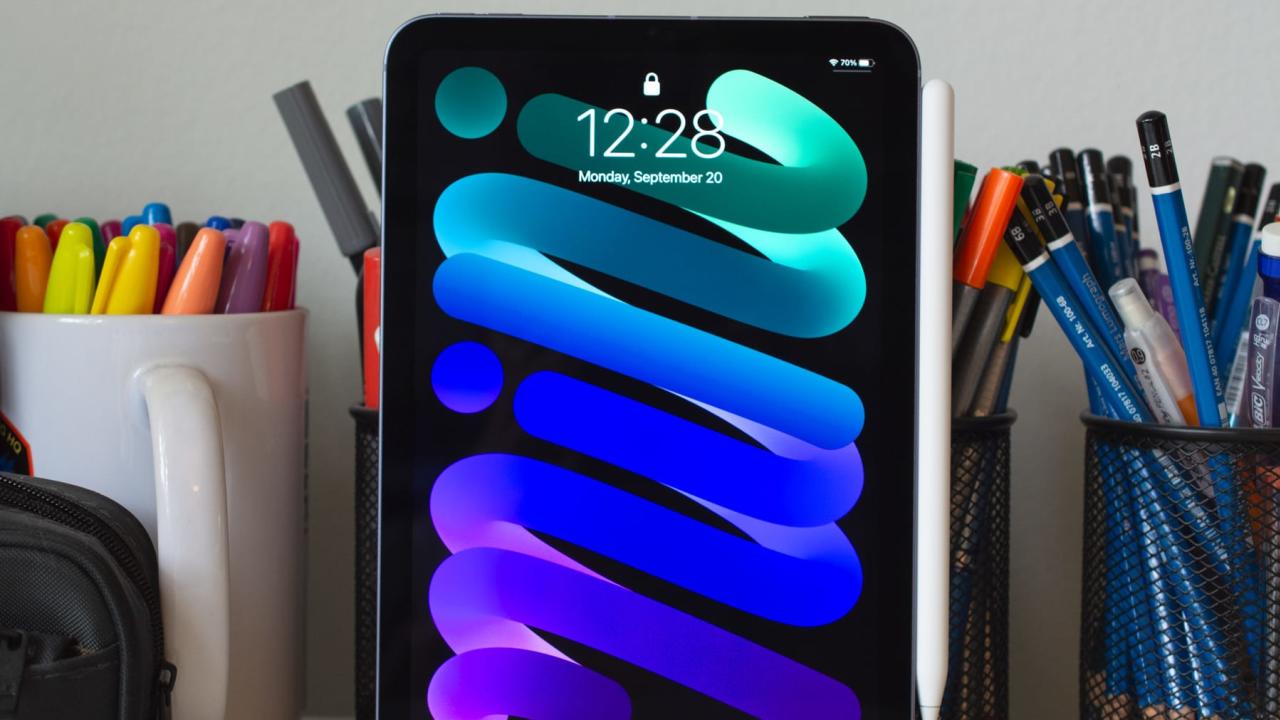
The iPad mini is precisely what it sounds like: a compact version of the iPad. It’s the smallest and lightest among all current iPads, measuring 7.69 x 5.3 x 0.25 inches and weighing just 0.65 pounds for the WiFi model. With its 8.3-inch display, it’s designed for easy one-handed use.
Here are some key details about the iPad mini:
1. Design: The iPad mini follows a design language similar to the iPad Air, featuring squared-off edges, thin bezels, no Home button, and a Touch ID sensor integrated into the power button. It includes stereo speakers, solid cameras, and a USB-C port. The display is technically sharper and offers the same features as other iPads, including maximum brightness, lamination, anti-reflective coating, and a wide color gamut. However, it lacks a “Smart Connector” for Apple-made keyboards but supports the second-generation Apple Pencil.
2. Performance: It is powered by Apple’s A15 Bionic SoC, the same chip used in the 2021 iPhone 13 series. While it may not match the power of the M1 or M2 chips found in laptops, it is more than capable for most tasks and offers strong performance.
3. Pricing: The iPad mini has an MSRP of $499 for the 64GB model and $649 for the 256GB model. However, in recent months, these models have been available online for up to $100 less.
If you’re specifically looking for a smaller tablet, whether for portability, one-handed use, or as a premium e-reader, the iPad mini is your best choice. While it might be relatively higher-priced, it’s currently the only compact tablet Apple offers and excels in its size category.
Best for power users: iPad Pro 12.9-inch
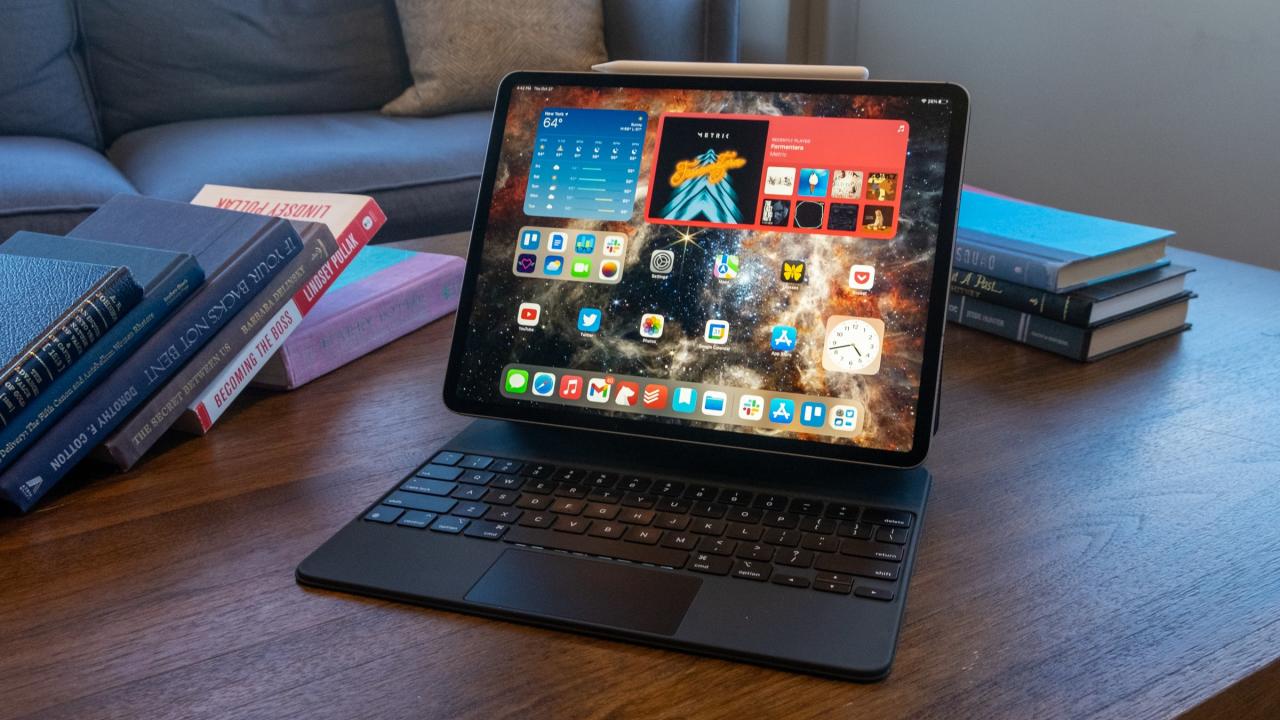
The 12.9-inch iPad Pro occupies a unique position in the iPad lineup. It starts at $1,099 for the 128GB model, which is $100 more than the entry-level MacBook Air. While it may seem like overkill for most iPad tasks and comes at a premium price, it stands as the top-tier tablet hardware in Apple’s lineup.
Here are some key features and details about the latest 12.9-inch iPad Pro, as of November 2022:
1. Display: The iPad Pro’s displays, both on the 11-inch and 12.9-inch models, offer higher brightness levels compared to the iPad Air. Both also feature a smooth 120Hz refresh rate, providing a more fluid scrolling experience than the Air’s 60Hz panel. The 12.9-inch iPad Pro stands out with its Liquid Retina display that uses mini-LED backlighting, offering higher peak brightness, improved contrast, and more realistic visuals.
2. Performance: Powered by Apple’s M2 SoC (System on Chip), the iPad Pro offers strong performance, even though it may not provide a massive real-world performance boost over the M1. However, the M2 chip ensures more performance headroom for future tasks and applications.
3. Camera and Accessories: The 12.9-inch iPad Pro features a 12MP rear camera, similar to the iPad Air, but adds a 10MP ultrawide lens, an LED flash, and a LIDAR scanner for augmented reality (AR) apps. The front-facing 12MP cameras support portrait mode. The tablet includes a faster Thunderbolt USB-C port, robust speakers, and Face ID support. It offers a range of storage options, including up to 2TB, and the 1TB and 2TB models come with 16GB of RAM. The device is compatible with a wide range of Apple accessories, and it can detect when an Apple Pencil is hovering above the display to preview potential inputs.
4. Productivity: While the iPad Pro can serve as a powerhouse tablet and some creative professionals use it as a MacBook replacement, it remains a niche device. It’s relatively expensive, and its large size makes it less portable than other iPads. While it excels as a tablet, iPadOS can still present challenges for certain productivity tasks compared to a MacBook. However, for users seeking a larger display and top-tier tablet performance, the 12.9-inch iPad Pro offers a compelling option.
In summary, the 12.9-inch iPad Pro is a tablet powerhouse with premium features, but it caters to a specific audience. Its high cost and size may limit its appeal, but for those who require a large, capable tablet with advanced hardware, it stands as a top choice in Apple’s iPad lineup.
FAQs
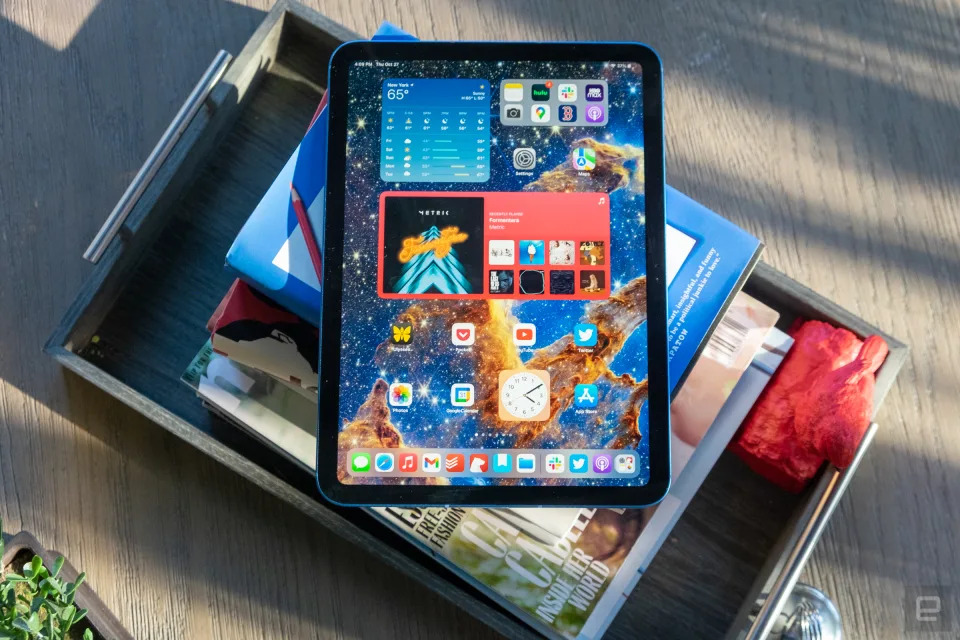
How long do iPads typically last?
Based on past patterns, you can count on Apple to give your iPad software updates for at least five years or even longer. Take the recent iPadOS 17 update, for instance; it’s compatible with iPad Pros from as far back as 2017 and other iPads from 2018. How long your iPad’s physical components will hold up depends on the model you choose and how well you take care of it. If you tend to be a bit clumsy, it’s a good idea to use an iPad case to protect it. Generally, a more powerful iPad Pro will remain speedy for a longer time compared to an entry-level iPad. However, regardless of the model, Apple aims to keep each iPad usable until they stop providing updates for it, at the very least.
What’s the difference between the iPad and the iPad Air?
Compared to the 10th-gen iPad, the 5th-gen iPad Air offers some notable upgrades. It runs on a more powerful M1 chip (instead of the A14 Bionic) and has twice the amount of RAM (8GB instead of 4GB). The M1 chip enables the iPad Air to access specific iPadOS features like Stage Manager. Its display supports a wider P3 color gamut, features an anti-reflective coating, and is fully laminated. The laminated display means there’s no gap between the screen and the glass covering it, resulting in a more direct and tactile interaction with what’s on screen.
The iPad Air is also compatible with Apple’s latest Pencil stylus, Magic Keyboard, and Smart Keyboard Folio. Its USB-C port supports faster data transfer speeds, up to 10 Gbps, whereas the iPad’s port offers speeds of up to 480 Mbps. Although the two tablets share a similar appearance, the iPad Air is slightly lighter (1.02 pounds compared to 1.05 pounds) and thinner (0.24 inches compared to 0.28 inches).
On the other hand, the 10th-gen iPad comes at a lower price, starting at $449 instead of $599 for the iPad Air. It features a front-facing camera positioned along the long edge of the tablet, which can feel more natural for video calls. The 10th-gen iPad also supports Bluetooth 5.2, while the iPad Air uses Bluetooth 5.0. It is compatible with the first-gen Apple Pencil, which has a more complicated charging method, and offers a unique keyboard accessory called the Magic Keyboard Folio.
Additionally, Apple offers the 9th-gen iPad, which features a more dated design with larger bezels, a Home button, and a Lightning port, but it starts at a budget-friendly price of $329.
In summary, the iPad Air provides enhanced performance and features compared to the 10th-gen iPad but comes at a higher price point. The 10th-gen iPad offers a lower cost of entry and some unique features, while the 9th-gen iPad is the most budget-friendly option with a more traditional design. Your choice will depend on your budget and specific needs.
How do I take a screenshot on an iPad?
Taking a screenshot on your iPad is simple. Here’s how to do it:
1. For iPads without a Home button (e.g., iPad Pro):
– Press the top button (also known as the Sleep/Wake button) and the volume up button simultaneously. Quickly press and release them at the same time.
2. For older iPads with a Home button:
– Press the top button (Sleep/Wake button) and the Home button simultaneously. Quickly press and release them at the same time.
This action will capture a screenshot of your iPad’s current screen, and you’ll hear a camera shutter sound if your sound is turned on. The screenshot will then be saved to your Photos app, where you can view and edit it.

